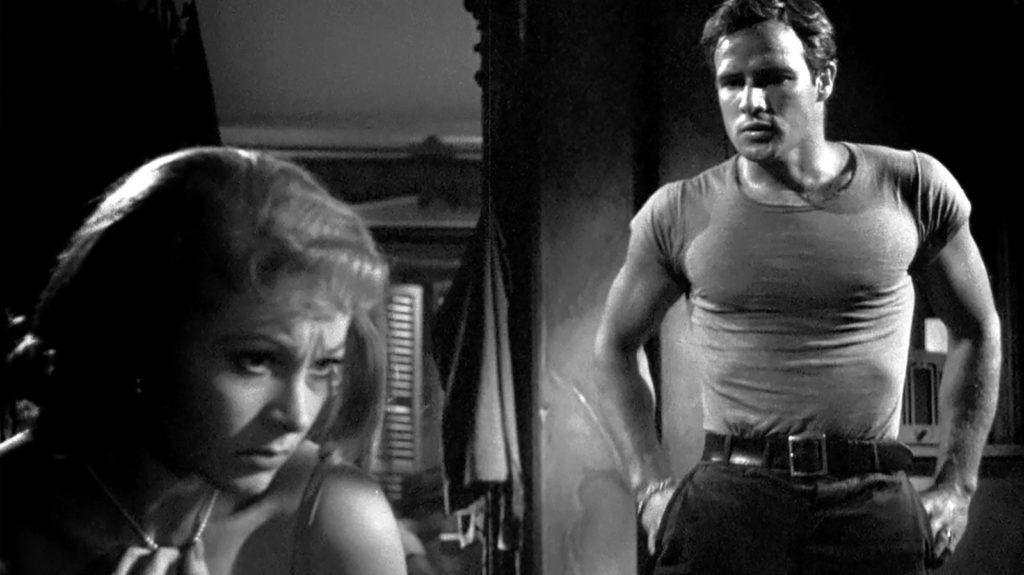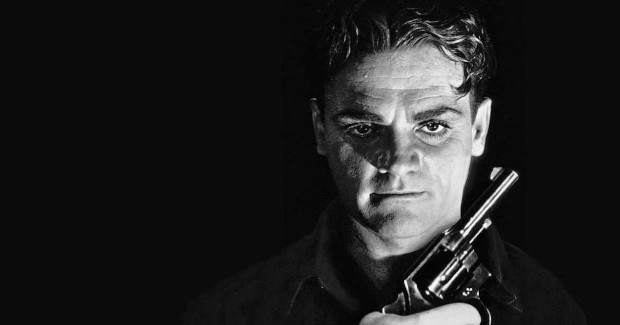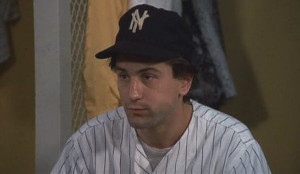
I once heard Martin Scorsese talk about Acting in Film as the pre-Brando era and the post-Brando era.
When Marlon Brando came along in films like A Streetcar Named Desire and On The Waterfront audiences were floored by his depth of emotion that burst off the screen.
As people reference the collected work of Brando, they often think of him as the greatest actor of all time and one of the first film stars who came from The Actors Studio, where actors learned realistic acting Techniques (or “Method Acting”) created by the Russian Acting Teacher Konstantin Stanislavski.
This approach to acting came to America in the late 1920’s and was developed by the Group Theatre, which members included Lee Strasberg, Stella Adler and Sanford Meisner. Many of them became acting teachers, among others in the group and this lead to modern ways of learning how to act realistically and truthfully on stage, television and of course movies!
Actors who already had careers were learning this new approach to acting to save their careers. More stars followed that came from this approach to truthful and spontaneous acting, such as James Dean, Joanne Woodward, Shelley Winters, Steve McQueen, Paul Newman, among many others.
How did the “pre-Brando” Actors survive? Did the likes of James Stewart, Bette Davis, Henry Fonda, James Cagney and Barbara Stanwyck go to acting school to save their careers like many others had ? Of course not.
Was acting just plain bad before Brando? Not at all. While it’s true that acting in film improved greatly with the various members of the Group Theatre becoming teachers in the 1930s and 1940s, movies before Brando had a number of incredible actors that simply had good instincts, were relaxed, fresh and either had done a lot of theatre or learned a lot by acting in films.

When I watch Barbara Stanwyck in a movie like Baby Face where her performance is so raw and vulnerable that she makes you feel every moment, I can’t help but wonder how she could have done that with such little formal training?
When I watch James Cagney find out his mother died in White Heat, and begin to weep and have a nervous breakdown over the news, I ask myself the same question. Jimmy Stewart breaks my heart in It’s A Wonderful Life when he’s on the verge of suicide and cries silently in a bar. I feel anxiety and fear watching Gloria Grahame fear for her life from her temperamental and violent boyfriend played by Humphrey Bogart in It’s A Lonely Place.
These are just a few examples of the “pre-Brando” actors who were so raw, vulnerable and incredibly real on the screen.
It’s possible that actors who didn’t have formal training had a lot to draw on in order to get to the heart and emotional life of their roles.
Peter Fonda said his father Henry was a Method Actor, but just didn’t know it. James Cagney once said “hit your mark, look the other person in the eye and tell the truth”. That’s a great acting lesson. These actors learned by doing.

Sanford Meisner told us that “You learn to act by doing and preferably on a stage and in front of an audience. All I can give you are exercises to help you when you are having trouble doing it. I do not teach how to act, acting does that.”
In my job as an actor and acting teacher who learned and teaches the techniques created by Sanford Meisner I know he is right. Most of the acting I’ve learned has been while working. What I learned in the classroom was the skills I needed to have a career and take direction, collaborate, be disciplined, among other things.
You can learn the practical mechanics and strategy of a game like hockey all day long, but until you actually get on the ice, you’ll never learn how to play.
Most actors will not be as fortunate as the actors I have mentioned in this article to learn their craft on set or in front of an audience. It’s actually more common today to see highly successful actors and movie stars like Margot Robbie and Jennifer Lawrence learn how to act in the same way as Bette Davis and Barbara Stanwyck did, via over priced acting classes.
However, most of the time actors can struggle for years before getting a job and like in any job; training is essential. Certainly the various approaches that have evolved from the Stanislavsky approach are some of the best ways to learn how to act if you want to be a spontaneous, realistic and instinctive actor. The contributions from the likes of performers that we’ve listed above has turned acting into an art form. There is no doubt that if Stanivslavki’s approach to acting hadn’t made it into America (and subsequently Hollywood), modern acting today would look very different from where it is today.
So is there really a pre-Brando era in film? Well yes and no. Other incredible actors like Montgomery Clift and John Garfield were stars before he was, but there’s no doubt that Brando just had a bigger impact. The performances and the training he received from Stella Adler set a new standard in acting. Actors at that point then knew if they wanted to be that good, as good as Brando… they’ll have to study. 
Also, actors didn’t want to just play a certain type that many movie stars were put in before Brando. Character acting became of great interest from actor’s of Brando’s generation and after. Watch Dustin Hoffman in The Graduate and then Midnight Cowboy, or watch Robert De Niro in Bang The Drum Slowly and then Mean Streets. You can barely tell it’s the same actor because they’ve transformed their voice, looks and mannerisms to play their parts as effectively as they could. Meanwhile as great as someone like James Stewart was, he was really just playing Jimmie Stewart.
The biggest lesson I’ve learned is actors learn how to be truthful and spontaneous in all sorts of ways. The best way to see this evolve on film is to watch movies from the beginning of cinema to the present.

